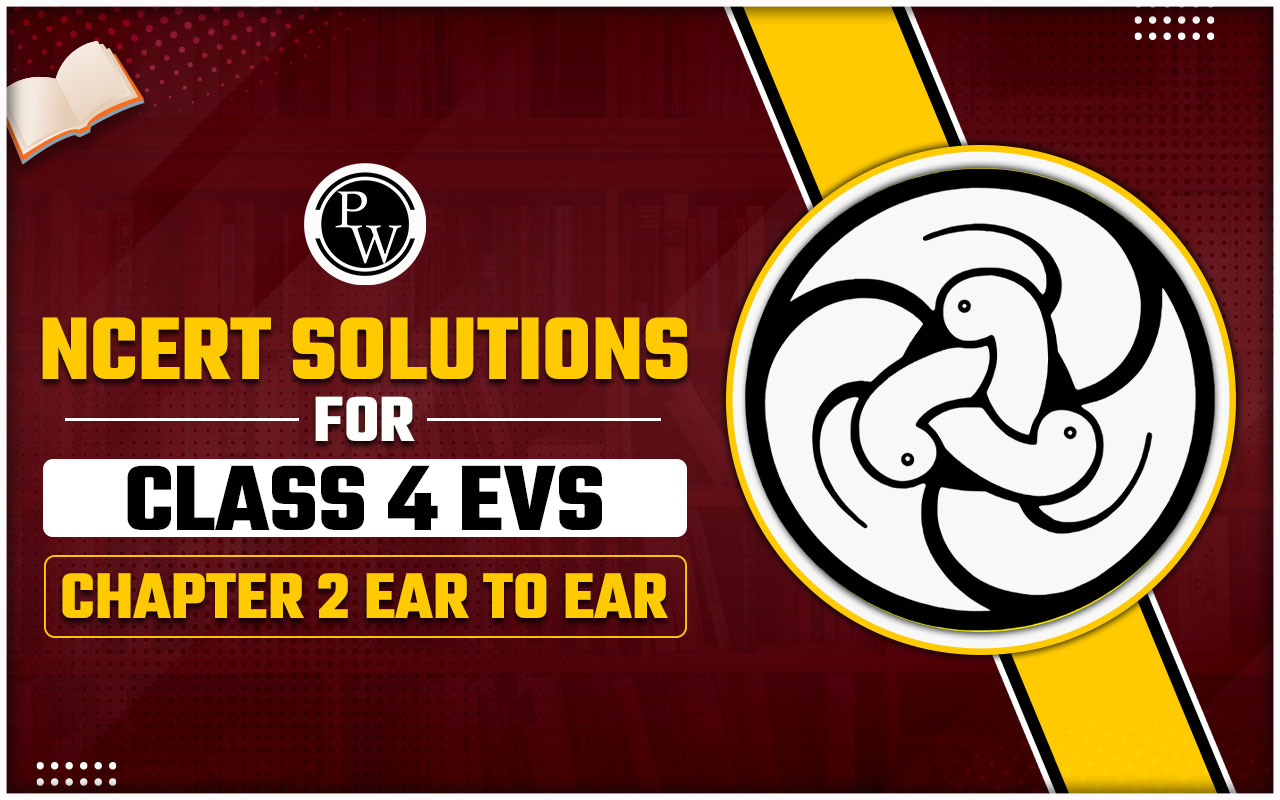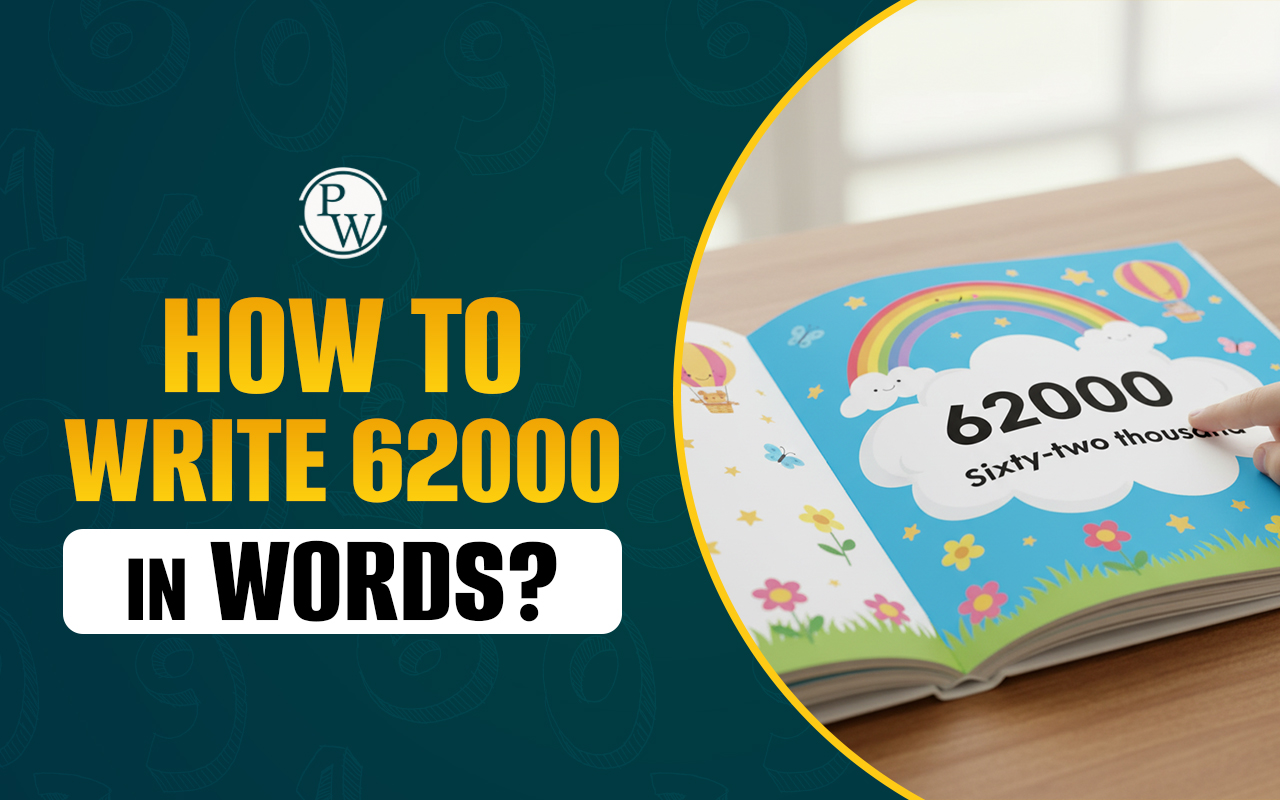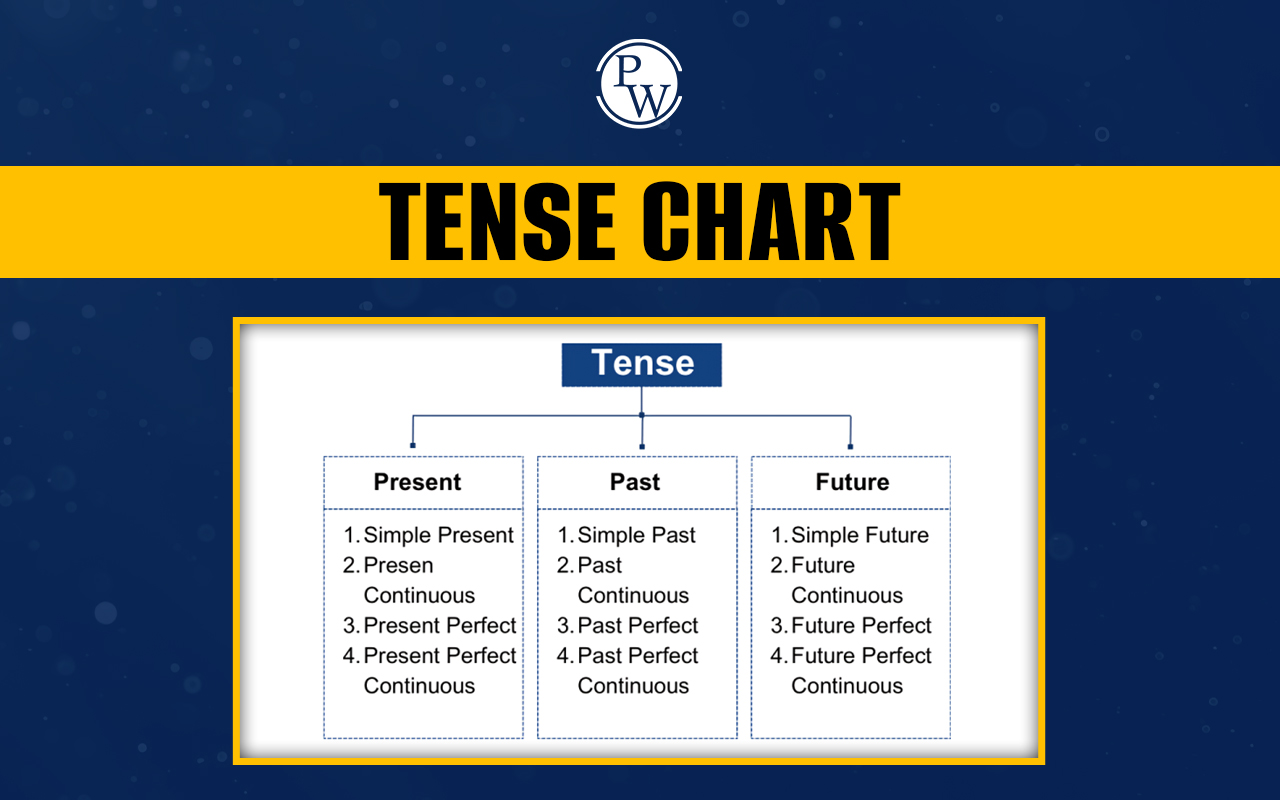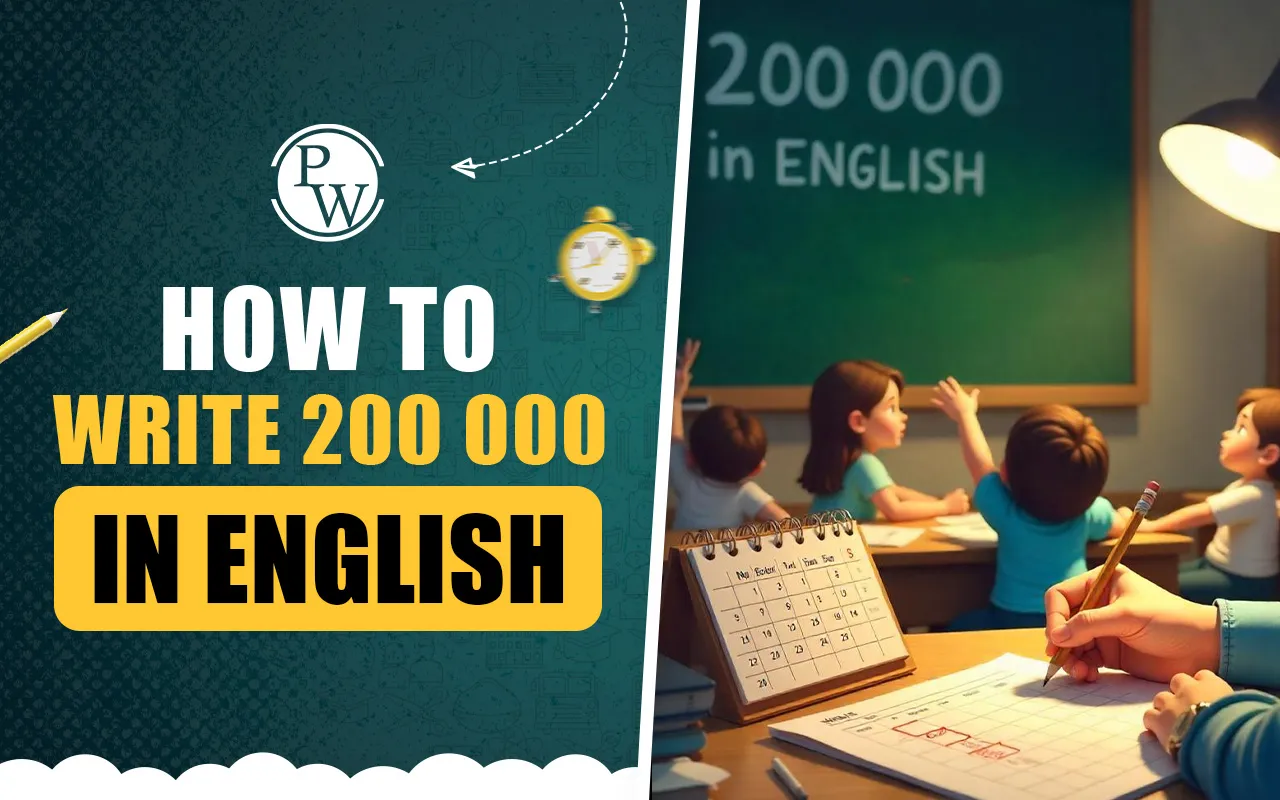

NCERT Solutions for Class 4 EVS Chapter 2: The concept of Ear to Ear is covered in NCERT Solutions Class 4 EVS Chapter 2. This chapter describes the various animal ears and provides information on whether an animal, bird, or insect has exposed, hidden, or nonexistent ears.
Children must match an animal's ear to its description, indicate whether a statement made about them is accurate or untrue, and complete the spaces in the questions. The CBSE has recommended the NCERT-published textbooks. Students can obtain NCERT study materials, including textbooks and the NCERT Class 4 EVS book.NCERT Solutions for Class 4 EVS Chapter 2 Overview
Chapter 2 of the Class 4 EVS (Environmental Studies) textbook titled "Ear to Ear" focuses on exploring diversity in the context of people's ears. It introduces children to different shapes, sizes, and decorations of ears across various cultures and communities. The chapter emphasizes celebrating these differences as a way to appreciate diversity and promote understanding among children. Through stories, illustrations, and activities, students learn about the uniqueness of ears and how they are a part of individual identity and cultural expression. Overall, "Ear to Ear" encourages children to respect differences and embrace diversity in a fun and engaging manner suitable for their age group.NCERT Solutions for Class 4 EVS Chapter 2 PDF
Here are the NCERT Solutions for Class 4 EVS Chapter 2 Going to School, which can give students more confidence in their ability to do well in their final exams. Students who use the NCERT Solutions reference guide succeed academically.NCERT Solutions for Class 4 EVS Chapter 2 PDF
NCERT Solutions for Class 4 EVS Chapter 2
Below we have provided NCERT Solutions for Class 4 EVS Chapter 2 Ear to Ear for the ease of the students –Who has got my ears?

1. Are these animals looking funny? The artist has drawn the wrong ears on the heads of the animals. Give the correct ears to the animals in the space given below.
| Animal | Ear | Animal | Ear |
| Elephant | Mouse | Dog | ______________ |
| Rabbit | ______________ | Buffalo | ______________ |
| Mouse | ______________ | Deer | ______________ |
| Giraffe | ______________ |
Answer:
| Animal | Ear | Animal | Ear |
| Elephant | Mouse | Dog | Rabbit |
| Rabbit | Giraffe | Buffalo | Deer |
| Mouse | Dog | Deer | Buffalo |
| Giraffe | Elephant |
2. Different animals have different kinds of ears. Among the animals given below, which one has ears that you can see? In which animal can you not see the ears? Write in the table below.
| Deer | Frog | Fish | Ant | Crow |
| Tiger | Sparrow | Buffalo | Snake | Lizard |
| Pig | Duck | Giraffe | Elephant | Cat |
Answer:
| Animals with ears that we can see | Animals with ears that we cannot see |
| Deer | Frog |
| Tiger | Fish |
| Buffalo | Ant |
| Pig | Crow |
| Giraffe | Sparrow |
| Elephant | Snake |
| Cat | Lizard |
| Duck |
3. Do you think that the animals whose ears we can not see do not have ears?
Solution:
No, they have ears, but they are hidden.Let us observe this picture

1. Name the animals in the picture.
Answer:
Duck, parrot, frog, sparrow, hen and crow.2. Can you see their ears?
Answer:
No, we cannot see their ears.3. Find out some other animals which have ears that we cannot see. Write their names.
Answer:
Swan, fish, fly, mosquito, crocodile, etc.Read and Write
1. An animal with ears like fans.
Answer:
Elephant2. An animal with ears like leaves.
Answer:
Rabbit3. An animal with ears on the top of its head.
Answer:
Rabbit4. An animal with ears on both sides of its head.
Answer:
DogWhose Skin
1. Now you know how to recognize animals by their ears. Let us see if we can recognize animals by their skin. Match the animals shown here with the pictures of their skin. Make the correct pattern of the skin on the picture of each animal.

Answer:

2. You might have seen some of the animals given below.
| Fox | Elephant | Sparrow | Pigeon |
| Frog | Crow | Peacock | Pig |
| Mouse | Cat | Buffalo | Duck |
| Hen | Camel | Lizard | Cow |
Put the names of the animals in the table below.

Answer:
| Ears can be seen | Has hair on the skin | Ears cannot be seen | Has feathers on skin |
| Fox Elephant Pig Mouse Cat Buffalo Camel Cow | Fox Pig Mouse Cat Camel Cow Buffalo Elephant | Frog Hen Crow Sparrow Peacock Lizard Pigeon Duck | Hen Crow Sparrow Peacock Pigeon Duck |
3. In which list did you put the cow and the buffalo? From a distance, can you see the hair on their skin? Try to go near one of them. Could you see the hair?
Answer:
Lists of animals having hair on their bodies and visible ears were created, and cows and buffalo were among them. Their hair is hidden when viewed from a distance. When approaching one of them, the skin's hair becomes visible.4. If you were to meet an elephant, would you dare to touch it? Do you know that an elephant also has hair on its skin?
Answer:
If I came upon an elephant, I wouldn't dare touch it. Yes, I am aware that an elephant's skin contains hair.Page: 16
Can you tell which of the animals mentioned in the list lay eggs? Find out and write the names of these animals in the green box. Which of the animals in the list give birth to babies? Write their names in the red box.
Answer:
| Animals that lay eggs (Green box) | Animals that give birth to babies (Red box) |
| Frog Hen Crow Sparrow Peacock Lizard * Pigeon Duck | Fox Mouse Elephant Cat Camel Lizard * Buffalo Pig Cow |
Page: 17
1. Have you seen animals around your house or school that have small babies? Write their names in your notebook.
Answer:
Dog, pig, cow, cat, rat, etc.2. Have you ever kept a pet? Does anyone you know keep a pet?
Answer:
Yes, I have a pet dog. Yes, I know some people who keep a pet.3. Find out more about the pet.
(a) Which animal is it?
Answer:
It’s a dog.(b) Does it have a name? What is it?
Answer:
Yes, it has a name, and it’s called Scooby.(c) Who gave it this name?
Answer:
The name was given by my parents and me.(d) What does it like to eat?
Answer:
It likes to eat rice, bread, meat and biscuits.(e) How many times a day is it given food?
Answer:
We give food thrice a day.(f) When does it sleep? For how long does it sleep?
Answer:
It usually sleeps during the day for about 5 to 6 hours.(g) Is there any special way to look after this animal? How?
Answer:
We clean and bathe the dog regularly.(h) Does it get angry? When? How do you know it is angry?
Answer:
Yes, it gets angry when it sees someone unknown. When it gets angry, it starts barking loudly.(i) Does it have hair or feathers on its skin?
Answer:
It has hair on its skin.(j) Can you see its ears?
Answer:
Yes, I can see its ears.(k) Is it a baby a young animal, or a full-grown animal?
Answer:
It’s a young animal.(l) Will this pet animal lay eggs or give birth to babies?
Answer:
A dog gives birth to babies.(m) Does it have young ones?
Answer:
No.Page: 19
1. Look at this picture. Color the parts which have even numbers (2, 4, 6, 8…). What do you see? Find out the name of the animal.

Answer:
 It’s a dinosaur.
It’s a dinosaur.
2. Have you seen any animal that looks a little like a dinosaur? Do you know its name?
Answer:
Yes, I have seen an animal that looks like a dinosaur. It’s called a lizard.
Page: 20
1. Look at this animal. Write its name. Do you know that this is our National Animal?
Answer:
It’s called a tiger. Yes, I know that the tiger is our national animal.2. Where does it live?
Answer:
It lives in thick wild forests, grasslands, etc.3. The number of these animals is going down in India. Discuss why this could be happening.
Answer:
Due to several reasons, the numbers of these animals are going down in India. Some of these reasons are given below: (i) Hunting – People hunt them down illegally for their bones and skin. (ii) Deforestation – Because of deforestation, the natural habitat for tigers is getting lost.Related Links -
Benefits of NCERT Solutions for Class 4 EVS Chapter 2
NCERT Solutions for Class 4 EVS Chapter 2 "Ear to Ear" offers several benefits to both students and educators:Structured Learning : The solutions provide a structured approach to learning the content of the chapter, ensuring that students cover all key concepts and topics systematically.
Concept Clarity : They help clarify concepts by providing explanations, examples, and illustrations that make it easier for students to understand the diversity of ears and the cultural aspects associated with them.
Comprehensive Coverage : NCERT Solutions cover all the exercises and activities given in the textbook, helping students to practice and reinforce their learning.
Improvement in Problem-Solving Skills : The solutions include step-by-step solutions to exercises and questions, which help students develop their problem-solving and analytical skills.
Enhancement of Critical Thinking : By posing thoughtful questions and prompts, the solutions encourage students to think critically about the diversity of ears and appreciate cultural differences.
Facilitation of Self-Study : Students can use the solutions for self-study, allowing them to revisit concepts, clarify doubts, and strengthen their understanding independently.
Preparation for Assessments : NCERT Solutions aid in exam preparation by covering the entire syllabus of the chapter comprehensively. They provide practice questions and model answers that help students prepare effectively for tests and examinations.
Promotion of Active Learning : The solutions include interactive activities and discussions that promote active learning and engagement among students, making the learning process more enjoyable and effective.
NCERT Solutions for Class 4 EVS Chapter 2 FAQs
Which animal has ears like fans?
Why are ears important for animals class 4?
Which animal's ears look like leaves?
What animal can hear without ears?
Which animal has no hear?












